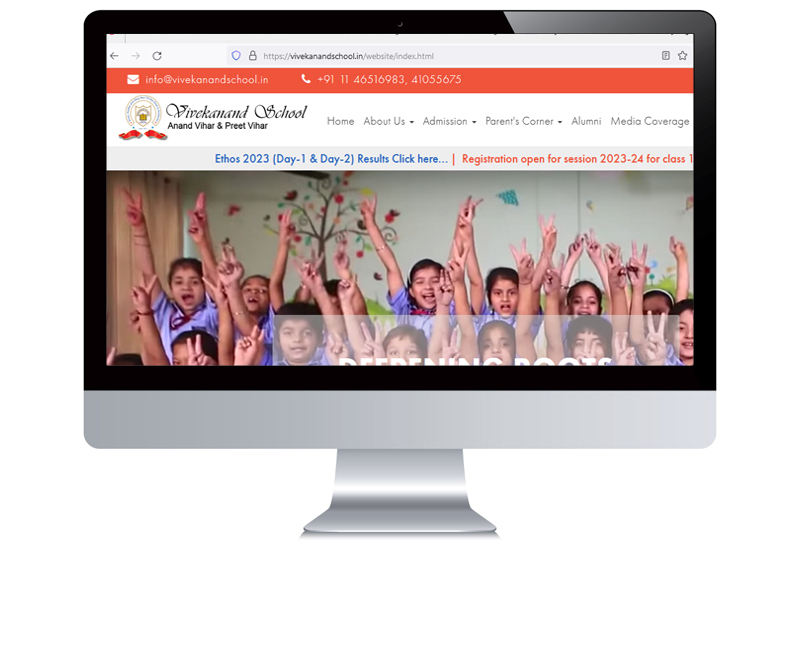1. Responsive Design
The module ensures that the school website is designed responsively, meaning it adapts seamlessly to various screen sizes and devices, including desktops, tablets, and smartphones.
2. Search Engine Optimization (SEO)
It incorporates SEO best practices to improve the website's visibility in search engine results. This includes optimizing meta tags, headings, and content for search engines.
3. Content Management
Schools can easily manage website content through a user-friendly content management system (CMS). This allows administrators to update text, images, documents, and other website elements without technical expertise.
4. User-Friendly Navigation
The module focuses on creating a user-friendly website navigation structure, ensuring that visitors can find information quickly and intuitively. This includes clear menus, categories, and search functionality.
5. Multimedia Integration
Schools can seamlessly integrate multimedia elements such as images, videos, and audio into the website to enhance content and engagement. Multimedia content can be organized and presented effectively.
6. Event Calendar Integration
The school's event calendar can be integrated into the website, displaying upcoming events, dates, and event details. Users can easily access event information and RSVP through the website.
7. Security and Maintenance Tools
The module includes security features and tools for website maintenance. This includes regular backups, security updates, and monitoring to protect against cyber threats.
